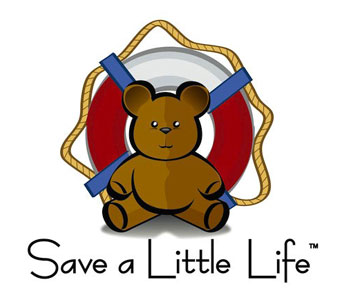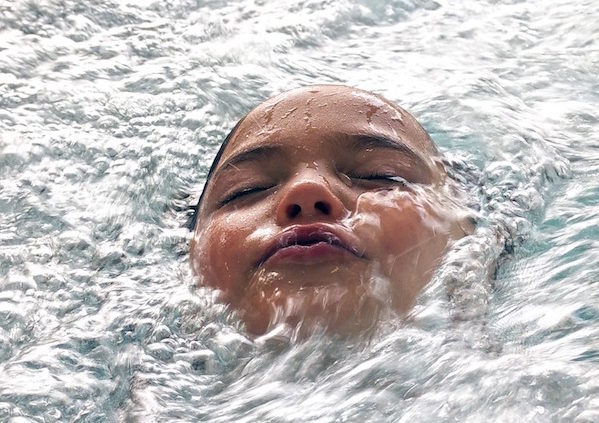THE TOP 4 WAYS TO PREVENT CHILDREN FROM DROWNING
If it seems like we harp on this issue a lot that is because drowning prevention should be at the top of your list when it comes to family safety issues.
Those of you who have taken our Pediatric CPR & Family Safety Class know how much emphasis we place on water safety. And for good reason. Drowning is the leading cause of pediatric death between ages 1-4. These are the curious toddlers and small children who enjoy the water but have little or no understanding of the risk involved.
National health data reminds us of the following:
• 50% of infant drownings occur in the family bathtub
• Children ages 1-4 are most likely to drown in the family swimming pool
• About 25% in this age group will drown in a lake, river or stream
• After age 10, the drowning risk for African American children is 10x greater than other ethnic groups
So, focused supervision of toddlers and small children is of the highest priority.
Specific attention should be given to:
Constant Supervision
Drowning is a quick and silent event. Toddlers and small children require constant supervision while in or near a swimming pool or any body of water.
Pool Fencing
Needs to be a minimum of 4 feet high and have a self-latching closure. High quality pool covers may be very effective but gating plus covers is the safest.
Swimming Lessons
Swimming lessons do not prevent drowning but are an essential part of risk prevention. The American Academy of Pediatrics (AAP) suggest that swimming lessons should begin at age 1. The AAP reminds us that swimming lessons reduce the risk of fatal drowning risk by 88%!
CPR Training
All adults and teenagers care providers need to have current CPR training! Even with the high prevalence of drowning events, many of these little ones can be revived with CPR.
Reminder:
If alone with a drowning infant or child, begin CPR FIRST…for up to 2 minutes before calling 9-1-1.
It may seem like the risks are fewer this year because you’re at home and not venturing far but as we’ve demonstrated above, as long as water is accessible, the potential for drowning is high. So, please make this a safe at-home summer and enjoy your tubs, pools and other bodies of water safely.
Find out more about
Save A Little Life’s
PEDIATRIC CPR & FAMILY SAFETY CLASS
We offer safe training options the whole family can participate in



